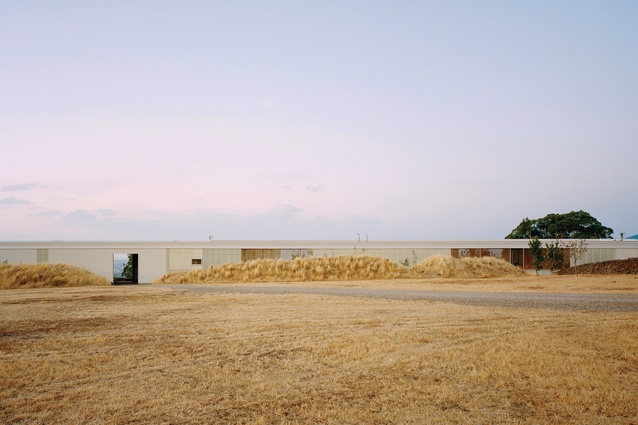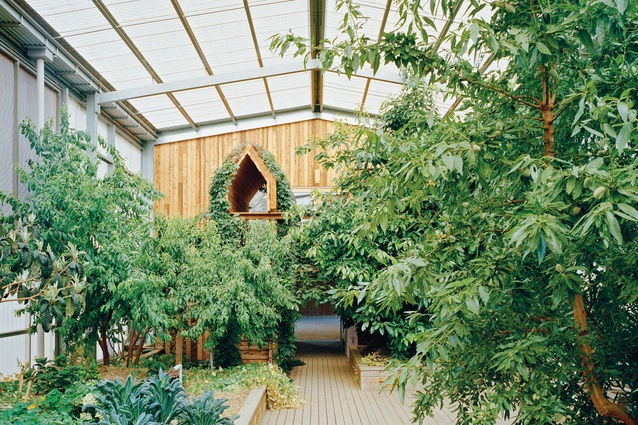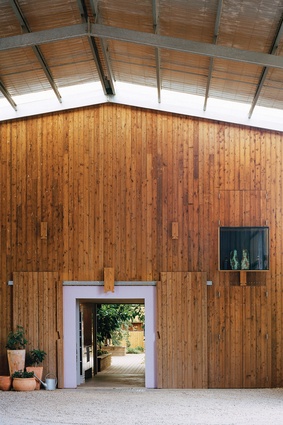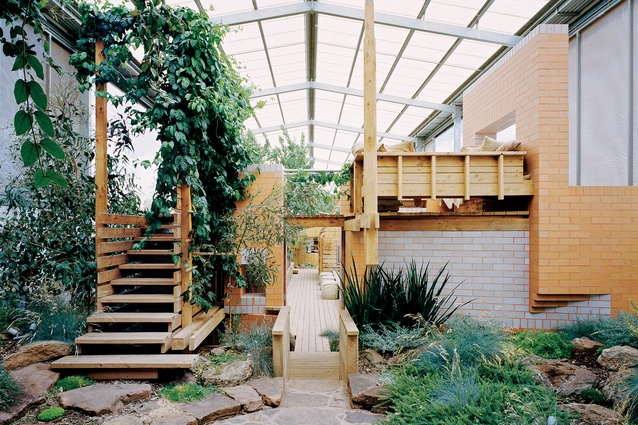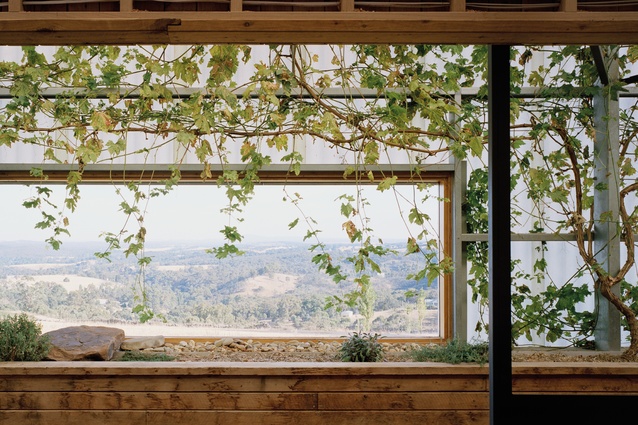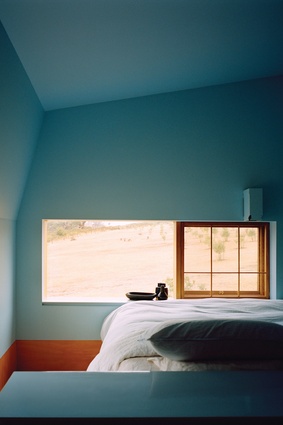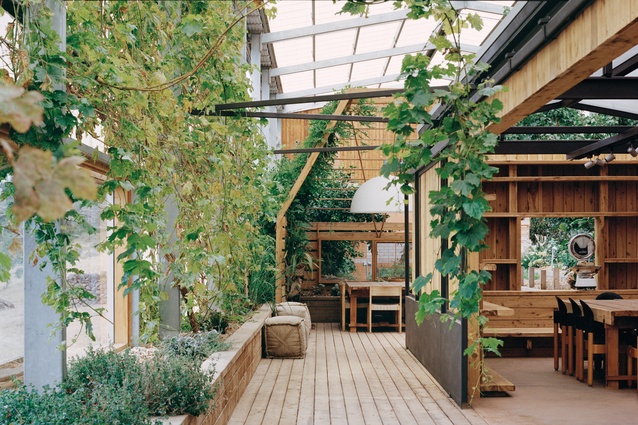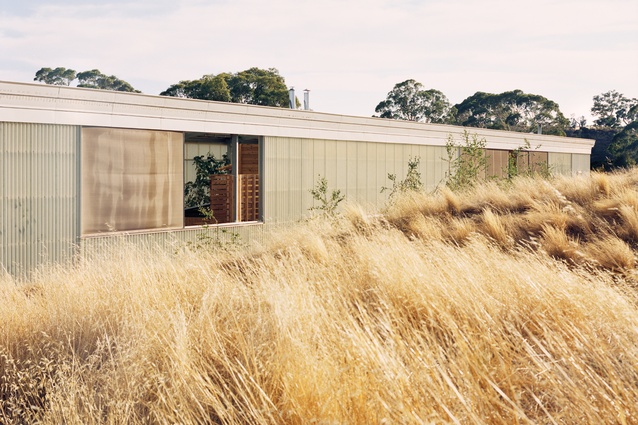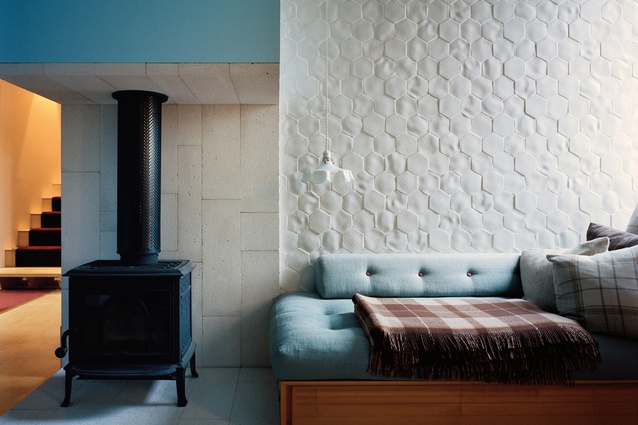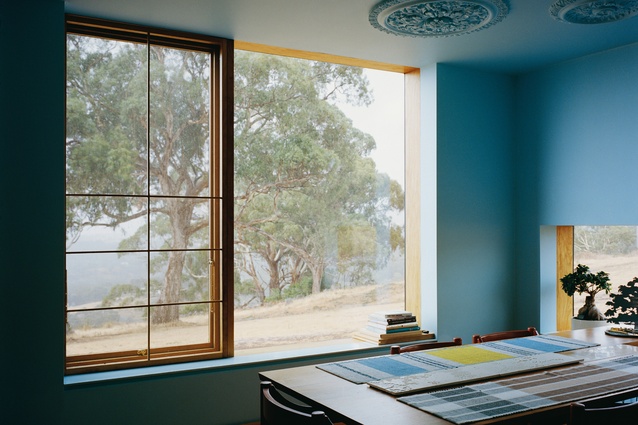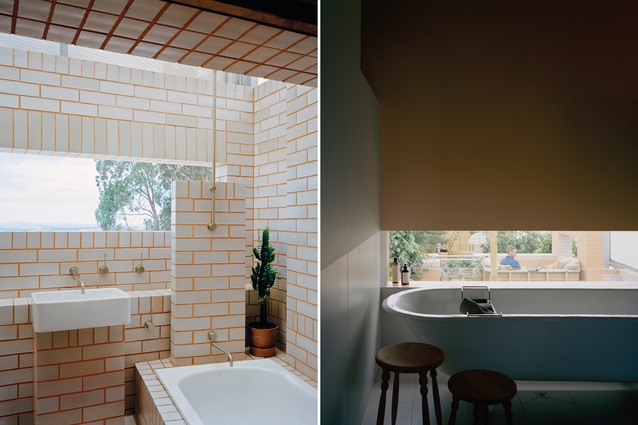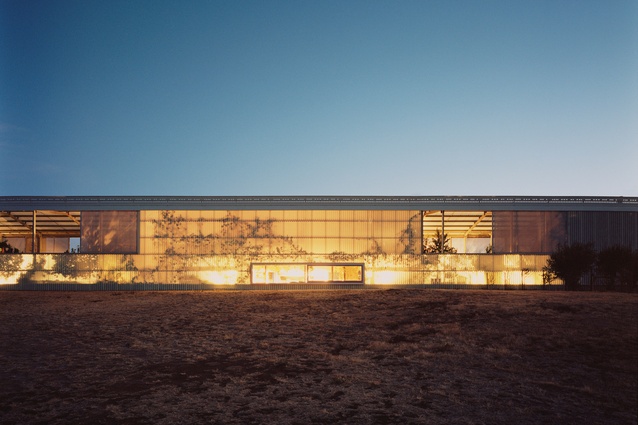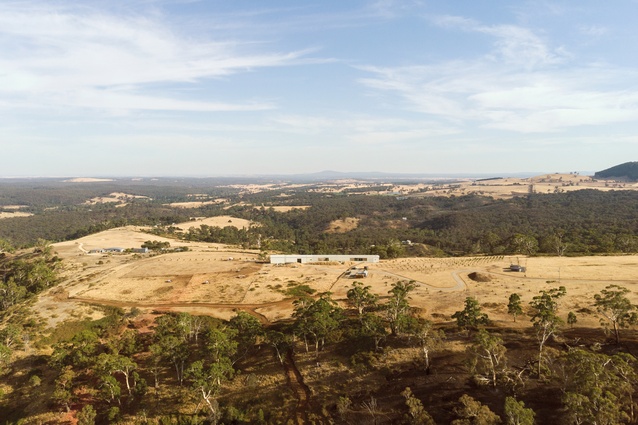Under one roof: Daylesford Longhouse
The winner of this year’s Australian House of the Year, the Daylesford Longhouse by Partners Hill, is also a farm building, greenhouse and cooking school. All are housed within a 110-metre-long prefabricated shed.
There has long been an antipodean tendency to scatter farm buildings over large tracts of land, often far from the farmhouse – the casual dispersal of a series of working buildings, each with a specific function to perform. But what happens when these structures are united, for the mutual benefit of all?
Here, about 100km north-west of Melbourne, on a vast landscape overlooking Mount Franklin, this simple-but-compelling idea has been executed in its purest form by architect Timothy Hill of Partners Hill.
In the Daylesford Longhouse, Hill has created a series of beautifully crafted internal structures and spaces within the singular footprint of an intimidatingly large industrial shed, the scale of which responds to its expansive surroundings but is also pragmatically driven by the requirement to collect enough water and provide enough space for a productive garden to feed the household.
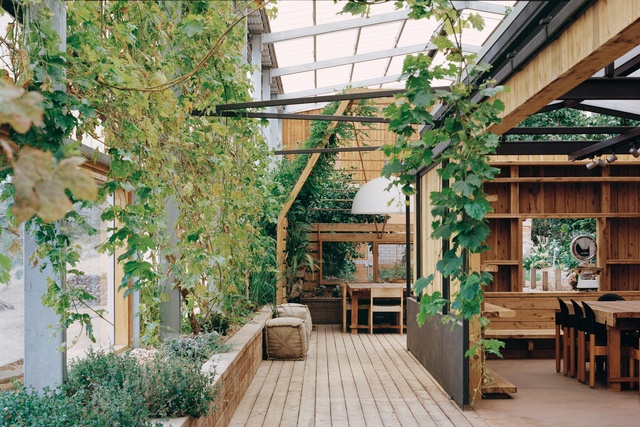
“The owners’ dream was to realise farm life based on self-sustained living,” explains Hill, “and, in answering this brief, we decided to deal with the landscape in extreme contrast. By concentrating all of the activities in the shed, the peripheral landscape remains largely untouched, with the exception of a few mounds and miniature landscapes – bluffs, cones and forested lumps.”
It is behind one of these mounds, a grass-covered berm, that a collection tank holds hundreds of thousands of litres of rainwater, which is harvested from the substantial roof before being pumped to super storage tanks at the property’s gates.
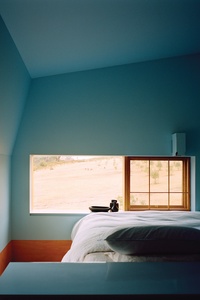
The shed structure creates a microclimate that protects the garden from the harsh climatic conditions, with translucent shade panels which regulate the temperature but can be opened up completely as weather permits and pollination requires.
“We have managed to keep the frosts, the wind and the animals at bay,” says Hill, “and this has accelerated the growing conditions for the organic plants and trees. Only certain types of bird, such as swallows, are comfortable under a roof and they don’t eat the fruit.”
The verdant garden is a testament to the success of the programme, with an “explodingly successful” avocado tree, almonds, apricots and other fruit trees all flourishing within the lush inner sanctum.
The suite of intermittent minor buildings housed inside the shed forms an internal terrain, which includes a domestic dwelling at the eastern end, a garden kitchen used for cooking courses at the centre of the plan, and sleeping quarters to accommodate visitors and WWOOFers (World Wide Opportunities on Organic Farms volunteers), who work in return for meals, accommodation and experience.
A mix of cypress and brick has been deployed throughout these buildings and the beauty of the defensive outer shell is that it protects not only the extensive garden but also the building materials. “When you use timber, there is always the issue of how to coat and look after it,” explains Hill. “But, here, the cypress has a beautiful life in its natural state, under what is effectively a large parasol.”
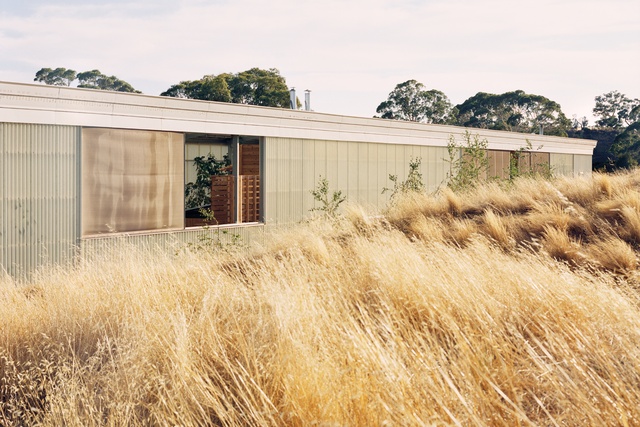
There is a character and charm within the interior spaces, with unexpectedly delightful details at every turn. A small ‘verandah’ forms the transitional space between inside the living quarters and the rest of the building, ladders and stairs lead the way to storage spaces and guest quarters, and a hidden first-floor bathroom provides a light-well to the kitchen below.
This house is not about luxury or providing a weekend escape from the pace of the city – it has been designed for living, working, storing and making. It is at once a beautiful architectural structure and a working farm, which focuses our attention on the fundamentals of how we exist and presents us with innovative possibilities for self-sustained living, which are now perhaps more relevant than ever.
This article first appeared in Houses magazine.


